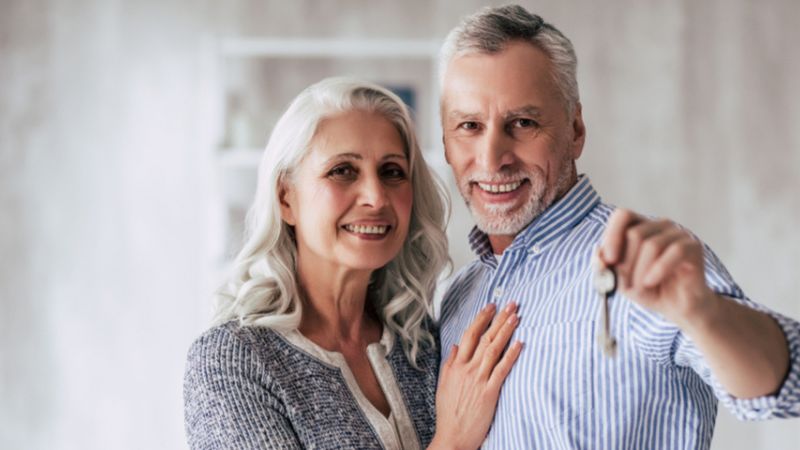According to AARP, nearly 90 percent of adults aged 65+ want to stay in their own homes as they age. This is often referred to as “aging in place.” With this in mind, there has been an explosion of innovative in-home and mobile technologies designed specifically to aid in one’s safety and healthy aging.
We’ve rounded up a list of a variety of innovative—yet easy-to-use—products that help keep older adults at home, longer. No matter your age, the below products are designed specifically to help combat aging challenges, as well as keep up with an older adult’s lifestyle.
Smart Home Devices
Automatic Stove Shut-Off
We’ve probably all left a pot on the stove for too long at some point in time. But there comes a time when a gradual cognitive decline makes us a little more worried about the safety of our loved ones who cook on their own.
There are a host of helpful products that can alert and shut-off stoves in the event you’ve forgotten you left the burner on. From products that simply shut-off the stove after a given period to sensors that shut off the burners in the event it doesn’t detect any motion in front of the stove, there’s a solution at a price that’s right for you.
“Smart” Lighting
Nearly 1 in 3 adults over the age of 65 falls every year. In fact, it’s the leading cause of injury among seniors. While there are a host of precautions you can take to reduce your chance of falling, one of the most recommended is to ensure your home is well-lit.
Smart lighting, which is lighting that is connected to a smart hub like Google Home or Amazon Echo, allows you to turn lights on or off with a voice command. This is significant because it avoids the need for seniors to cross the room in the dark to flip on a switch in the middle of the night. You can also program smart lights to automatically turn on at set times of the day or night.
Innovative Tools
Medication Management
With 50% of seniors taking 5+ medications a day, making sure older adults take the right pills at the right time is a growing problem. There are several medication management products you can explore, each with different levels of protection from simple pill boxes and blister packs to medication reminder apps, automated pillboxes with reminders, monitored pillboxes and monitored medication dispensers. Choose the one that’s safest and most appropriate for your situation.
Wireless Camera
Sadly, seniors who live alone are often the victims of theft, as well as physical, verbal and emotional abuse. All are subject to “he said / she said” situations, and often older adults experiencing cognitive decline aren’t believed, or even aware of their abuse.
To protect loved ones, install a “baby-cam” in their homes. Make sure the cameras are visible to all who enter so they act as a deterrence to abuse. Let caregivers know it’s meant to protect them from false accusations, as much as it’s meant to protect your loved one. If they insist on not being monitored, it should raise a red flag.
Extra Layer of Protection
Walk-in Tubs
Approximately 80% of senior falls occur in the bathroom. Difficulties getting in and out of the bathtub and bathing oneself are one of the primary reasons older adults seek out help, and often lose their independence. Walk-in tubs can help delay that process.
Walk-in tubs allow users to get in and out of the tub without having to step over a high threshold, reducing the risk of falling. They also come with built-in seats, hand-held showers, slip-free surfaces and grab bars to help people in and out of the tub. This type of tub is also useful for caregivers who are assisting in bathing. Although expensive, they’re often a more affordable option than an assisted living or nursing facility.
“Help” Alerts
Living alone in your home raises the risk that in the event of a medical emergency, whether it’s a fall, heart attack, stroke, or seizure, no one will be in the position to help you or to call emergency responders. There are a variety of new technologies that can call for help, whether you’re able to do so or not. These include motion sensors that can detect if there’s been no movement when there should be, sensors that can detect a fall and alert responders, and of course medical alert systems in the event you need to call for help, and a phone is not nearby.

